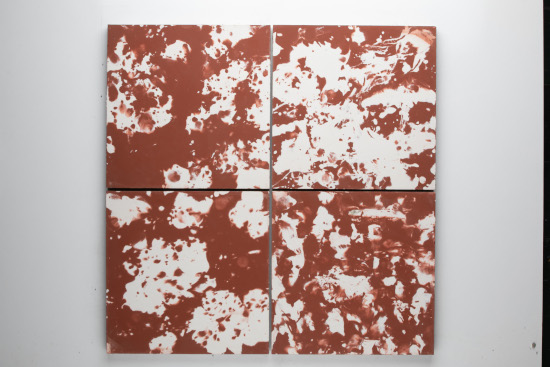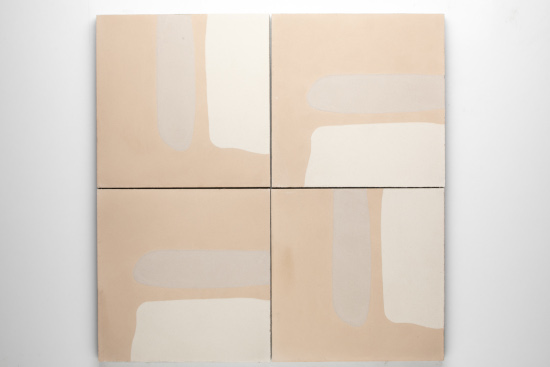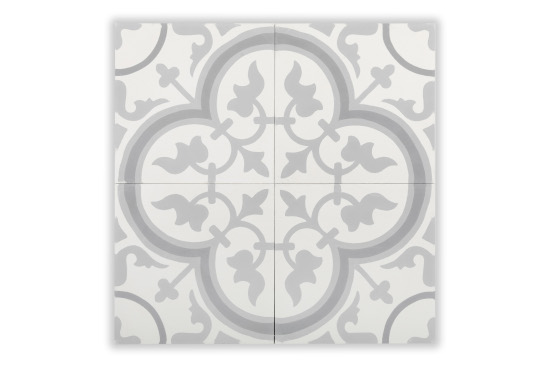Definition of Cement Tiles
Cement tiles, also known as encaustic cement tiles, are handmade decorative tiles composed of a mixture of cement, sand, marble powder, and pigments. They are renowned for their vibrant colors, intricate patterns, and durability. Cement tiles are commonly used for flooring, wall cladding, and other decorative applications in both residential and commercial spaces.
Manufacturing Process:
The production of cement tiles involves a labor-intensive process that combines traditional craftsmanship with modern techniques. Here's an overview of the typical manufacturing steps:
1. Mixing:
Cement, sand, marble powder, and pigments are mixed together with water to create a paste-like consistency.
2. Pressing:
The mixture is then poured into molds, where hydraulic presses are used to compress the materials and remove excess water.
3. Curing:
The tiles are left to cure for a specific period, allowing them to harden and gain strength.
4. Hydraulic Pressing:
Once cured, the tiles are removed from the molds and placed in a hydraulic press to compact them further.
5. Drying:
The tiles are left to air dry, allowing them to reach their final hardness and durability.
6. Design Application:
Skilled artisans apply the desired pattern or design onto the surface of the tile using pigmented cement or natural pigments.
7. Sealing:
Finally, the tiles are sealed to protect them from stains, moisture, and wear, ensuring longevity and easy maintenance.
History and Production Facts:
• Cement tiles have a rich history dating back to the 19th century when they first gained popularity in Southern Europe, particularly in countries like Spain and Portugal.
• They were introduced to the region by Spanish and Moorish artisans who combined traditional tile-making techniques with the durability of cement.
• Cement tiles experienced a resurgence in the early 20th century with the Art Nouveau and Art Deco movements, becoming synonymous with luxury and sophistication.
• Today, cement tile production remains a labor-intensive craft, often carried out by skilled artisans in regions with a rich tradition of tile making, such as Morocco, Spain, and Vietnam.
• Despite advancements in technology, many manufacturers continue to produce cement tiles using traditional methods, preserving their authenticity and unique character.
Main Inspirations for Design Patterns:
The design patterns found in cement tiles draw inspiration from a variety of sources, including:
1. Geometric Patterns:
Symmetrical and abstract geometric shapes are commonly used in cement tile designs, reflecting influences from Islamic art, Moorish architecture, and Art Deco motifs.
2. Floral Motifs:
Intricate floral patterns inspired by nature's beauty and botanical imagery are prevalent in many cement tile designs, echoing the organic forms found in traditional Mediterranean and Middle Eastern art.
3. Traditional Ornamentation:
Historical and cultural influences play a significant role in cement tile patterns, with designs often featuring traditional motifs and symbols passed down through generations.
4. Contemporary Trends:
Modern interpretations of cement tile designs incorporate contemporary aesthetics, minimalist motifs, and bold color palettes, reflecting current design trends and consumer preferences.
Overall, cement tiles embody a fusion of heritage, craftsmanship, and artistic expression, making them a timeless and versatile choice for interior and exterior spaces.




























































